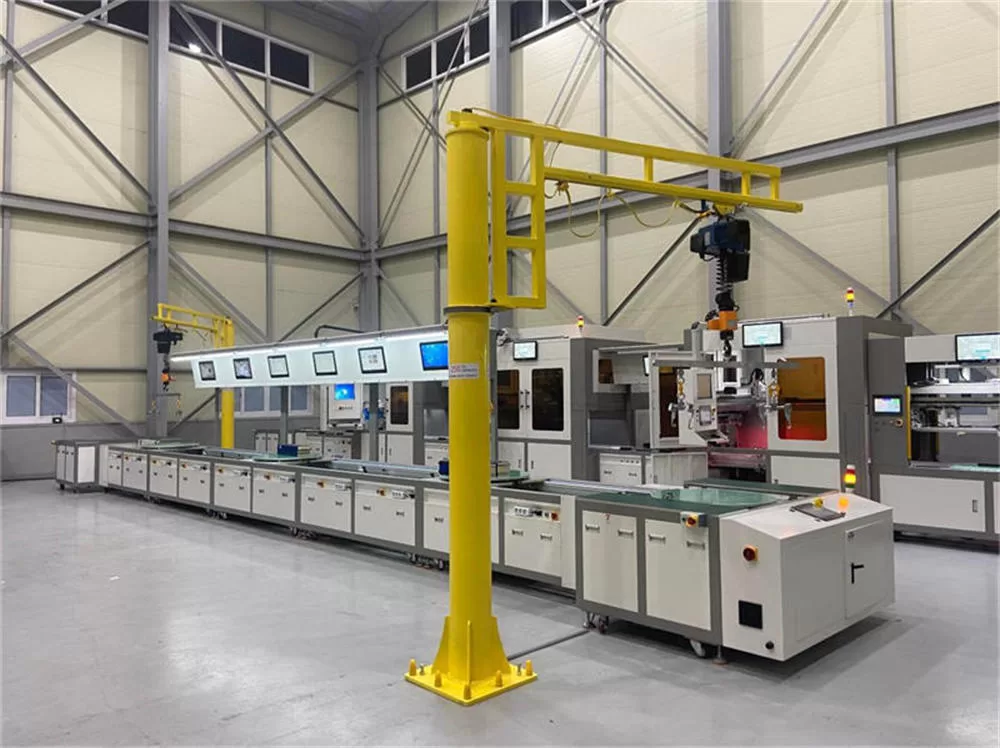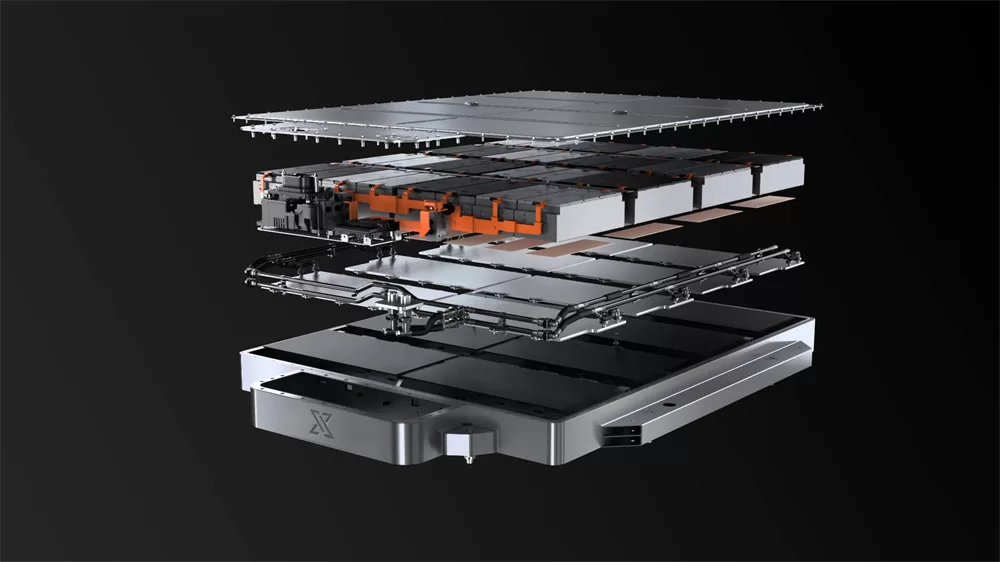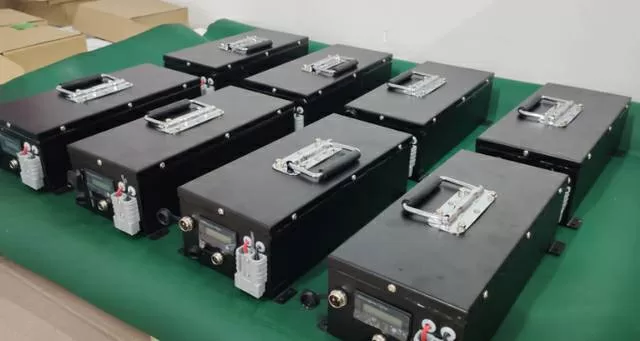In recent years, consumers have increasingly recognized new energy vehicles, but some people still have concerns about the safety of new energy vehicles, especially electric vehicle power batteries, even the safest LiFePO4 battery.
Many consumers may ask, how safe is the safest LiFePO4 battery? Will there be an explosion?

Whether the LiFePO4 battery will “explode” depends on whether there are conditions for explosion in the daily electric vehicle scene.
The explosion requires the presence of sufficient oxygen, the concentration of combustibles that meet the standard, the source of ignition, and a limited space to occur. As far as the LiFePO4 battery itself is concerned, it benefits from the properties of the battery material itself. Only when the battery temperature is at a high temperature of 500-600℃, its internal chemical composition begins to decompose. Compared with the high nickel material of ternary lithium battery, it begins to decompose and release oxygen at about 200 ℃, and LiFePO4 battery is much safer. This is because the P-O bond in the LiFePO4 battery crystal is stable, and it will not form a strong oxidizing substance even at high temperature. Under the limited oxygen supply of the battery compartment, it cannot instantly generate high temperature by itself, and it is difficult to meet the conditions of explosion. The LiFePO4 battery itself has good safety.
What are the safety designs of LiFePO4 battery systems?
The safety of the battery itself is only passive safety. In order to reduce the occurrence of battery accidents and improve the safety of the whole vehicle. Engineers will add an additional safety barrier when designing the battery management system, also called active safety. When the battery system is designed, a temperature sensor is installed on the surface of the battery to detect the operating temperature of the battery, and it also detects the current and voltage of the battery system and battery cells, and transmits the data to the vehicle processor in real time. Once the characteristics of the battery “thermal runaway” in the early stage, such as abnormal temperature, zero battery voltage, etc., will immediately cut off the working circuit and display the fault on the control screen to remind the owner to deal with it.
If the battery breaks through the first line of defense of the safety setting and “thermal runaway” occurs, the system safety design will have further explosion-proof measures. For example, Great Wall’s “Dayu battery”, the double-layer composite material between the cells can effectively isolate the heat source, inhibit the expansion of the cells, and prevent the internal heat spread after the battery thermal runaway occurs. The high-temperature, high-pressure gas-fire flow generated in this process will flow and distribute through the commutation channel to avoid re-ignition. In the event of a serious vehicle accident and extreme “thermal runaway”, the explosion is unavoidable. The battery is also equipped with a fire extinguishing and oxygen blocking mechanism at the explosion discharge outlet, which can quickly suppress the flame and prevent secondary combustion while orienting the explosion.
What happened to the explosion of LiFePO4 battery?
Although it is said that LiFePO4 battery are very safe, relevant breaking news is still found on the Internet. For example, the explosion investigation of Beijing 4.16 energy storage power station in 2021 is characterized as a short circuit of LiFePO4 battery.
However, the report said that the LiFePO4 battery in the battery room in the south building suffered an internal short circuit failure, which caused the battery to run out of control and catch fire and generate flammable and explosive gas. The gas enters the energy storage room of the north building through the cable trench and diffuses, and mixes with the air to form an explosive gas, which will explode in case of electrical sparks.
In the final analysis, the safety monitoring system has not been fully considered and the flammable gas has not been detected in time. The explosion is not the LiFePO4 battery itself, but because the four conditions of sufficient oxygen, standard combustible concentration, fire source and limited space are met to induce the explosion. In daily new energy vehicle accidents, you can see that fires are reported instead of explosions. This is because the two conditions of the standard combustible concentration and limited space are generally difficult to meet.
Conclusion
No matter when safety is always the first, although the LiFePO4 battery itself and its application have multiple safety guarantees, the explosion is an ultra-low probability event. Owners who are already new energy vehicles are advised to pay more attention to the relevant knowledge of battery maintenance and prolong the service life of the battery. Consumers who are still on the sidelines of new energy vehicles can boldly choose models with LiFePO4 battery.







